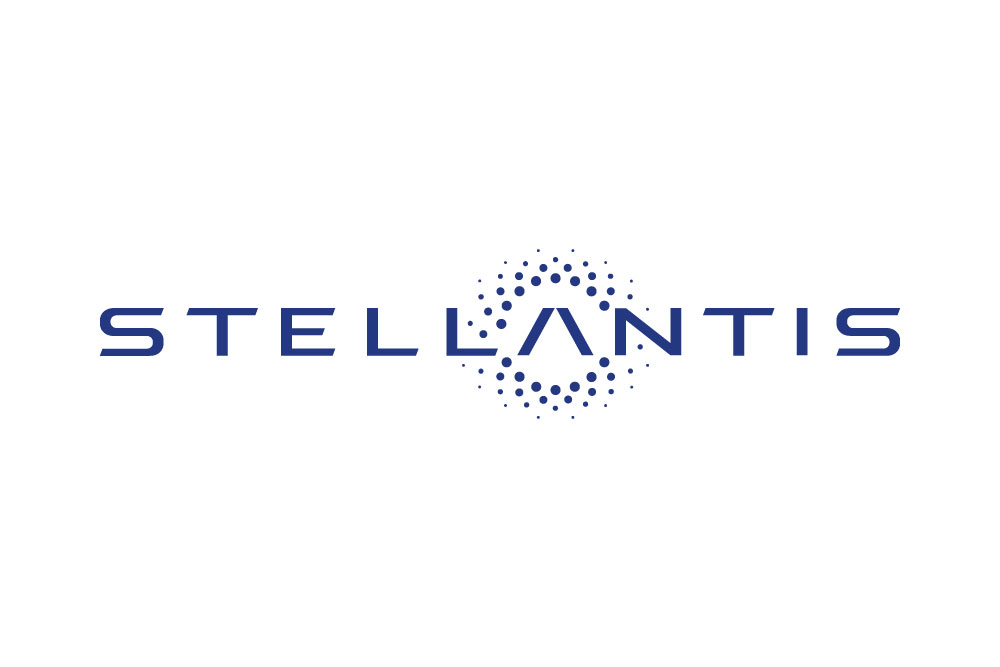
Stellantis was officially formed in January 2021 through the merger of Fiat Chrysler Automobiles (FCA) and the PSA Group, resulting in one of the largest carmakers in the world.
This historic union brought together an array of global brands under a new name, blending ɫ��ɫ automotive heritage with French engineering and global ambition.
Fiat, founded in 1899, was central to Italy’s industrial rise and became a defining force in European car manufacturing, known for innovation, accessibility and bold design.
From early models like the Fiat 3½ HP to the iconic 500, the company helped mobilize generations and built a legacy that now forms the foundation of Stellantis in Italy.
The merger united a total of 14 brands, including Jeep, Dodge, Chrysler, Peugeot, Opel and Citroën, with a strategic goal of leveraging global scale and sharing technologies.
It was designed to address new industry challenges like electrification, digital transformation and sustainable manufacturing while respecting each brand’s unique identity.
Stellantis oversees a wide mix of iconic brands across multiple markets and segments, from rugged off-roaders and luxury sedans to compact city cars and commercial vehicles.
By integrating platforms, powertrains and design expertise, the company enhances efficiency while preserving the character and legacy of each automotive marque.
Stellantis is investing over €30 billion through 2025 into electrification and software, aiming to launch dozens of new electric and hybrid models across its brand family.
This includes building gigafactories for battery production, streamlining platforms for EV design and rolling out electric versions of flagship models from both FCA and PSA origins.
Alongside hardware, Stellantis is pivoting towards a software-driven future, aiming to generate billions in annual revenue through connected services and digital platforms.
Initiatives include over-the-air updates, integrated infotainment systems, subscription services and the development of autonomous driving technologies.
Italy remains at the core of Stellantis’s design philosophy, especially for brands like Fiat, Lancia and Alfa Romeo, whose styling studios continue to define automotive beauty.
The ɫ��ɫ design heritage brings emotional appeal and aesthetic identity to modern cars, helping Stellantis differentiate itself in an increasingly globalized industry.
Stellantis operates more than 100 manufacturing facilities across Europe, North America and Asia, producing millions of vehicles annually for over 130 markets worldwide.
Italy plays a strategic role in production, research and innovation, maintaining its importance within a broader network that ensures operational flexibility and market responsiveness.
Stellantis employs over 270,000 people globally and remains a key industrial player in Europe, with a focus on retraining employees for electric and digital transformation.
The group works closely with unions, institutions and governments to ensure sustainable job creation and long-term stability amid rapid industry change.
While expanding into new markets like India and Southeast Asia, Stellantis must balance regional strategies with its historical bases in Europe and North America.
Decisions around plant optimization, workforce adaptation and investment allocation have generated debate but reflect the group’s long-term ambition to remain globally competitive.
Few automotive groups can claim such a rich and layered heritage, with Stellantis inheriting generations of innovation from its predecessor brands across multiple continents.
From the Fiat 500 to the Jeep Wrangler, from the Citroën DS to the Dodge Challenger, Stellantis continues to tell stories of engineering evolution and cultural resonance.
Stellantis represents a bold new chapter in the global auto industry, grounded in a heritage of excellence and poised to lead in sustainable, smart and stylish mobility solutions.
With deep roots in Italy and a clear eye on the future, it is redefining what it means to be a global carmaker in an era of electric power and connected innovation.